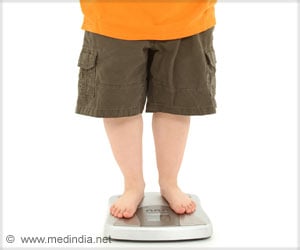Developing a flat, electronically controlled artificial eye can automatically control the three major contributors for blurry images including focus, astigmatism, and image shift.
Highlights
- A thin, flat, transparent elastomer with low loss and electronically controlled artificial eye has been developed
- Adaptive metalens are flat and help correct aberrations and integrate different optical capabilities onto a single plane of control
Harvard research team was partially inspired as to how the human eye works. They have demonstrated the feasibility of embedded optical zoom and autofocus for a wide range of applications like cell phone cameras, eyeglasses and virtual and augmented reality hardware.
The study was published in the journal Science Advances.
"This research combines breakthroughs in artificial muscle technology with metalens technology to create a tunable metalens that can change its focus in real time, just like the human eye," said Alan She, a Harvard graduate student, and the paper's first author.
She also said that the research team is working on taking it one step further to build the capability of dynamically correcting aberrations like astigmatism and image shift, which cannot be adjusted by the human eye naturally.
The nanostructures are tiny, but the density of information in each lens is incredibly high.
To build the artificial eye, it was necessary to scale-up the metalens, and therefore the research team has scaled up metalens to centimeters or more in diameter.
"This research provides the possibility of unifying two industries: semiconductor manufacturing and lens-making, whereby the same technology used to make computer chips will be used to make metasurface-based optical components, such as lenses," said Harvard professor Federico Capasso, the senior author of the paper.
Function of the Artificial Eye
The research team has managed to adhere metalens to an artificial muscle without compromising on its ability to focus light.
In the regular human eye, the lens is surrounded by ciliary muscle, which helps to stretch or compress the lens, changing its shape and adjusting it to the focal length.
Capasso and his team chose a thin, transparent elastomer with low loss, where the light could still travel through the material with little scattering.
The elastomer is controlled by applying voltage and the position of nanopillars on the surface of the lens shift, as it stretches.
The metalens can be tuned by controlling both the position of the pillars about their neighbors and the total displacement of the structures. Together, the lens and muscle are only 30 microns thick.
"Because the adaptive metalens is flat, you can correct aberrations and integrate different optical capabilities onto a single plane of control," said She.
What is a Prosthetic Eye?
A prosthetic eye is commonly called a glass eye or fake eye and is made of hard, plastic acrylic, which is shaped like a shell.
Implanting a prosthetic eye, otherwise called as the ocular prosthesis is recommended after an eye is surgically removed due to damage or disease.
This implant supports proper eyelid functioning. Some of the reasons why an eye is removed are due to injury, glaucoma, infection inside the eye, and eye tumors.
Modern artificial eyes are made of acrylic plastic. They are comfortable to wear, easy to handle and are very durable.
An ocular implant is usually protected with living tissue or a synthetic cushioning material before placement.
Source-Medindia












